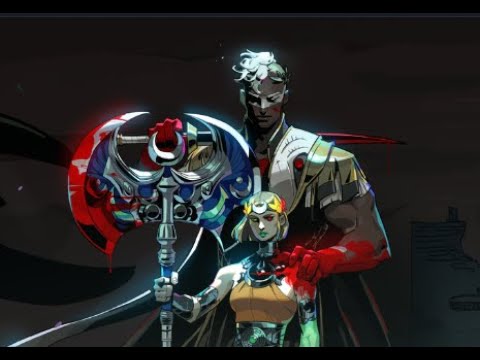In the fiercely competitive realm of video game launches, a title`s initial performance often serves as a barometer for its future. For Hades II, Supergiant Games` highly anticipated follow-up to their critically acclaimed roguelike, the barometer is not just rising—it`s off the charts. The game has recently demonstrated an extraordinary ability to capture and retain player attention, with its concurrent player count during an active “release” phase significantly outperforming the original Hades` all-time peak.
The Unprecedented Numbers: A Glimpse into the Underworld`s Popularity
While the original Hades, a Game of the Year nominee and darling of the indie scene, managed an impressive peak of approximately 54,000 concurrent players over its entire lifespan, its successor has achieved considerably more in a fraction of the time. During a recent period of high activity, Hades II drew in over 84,000 players simultaneously within its first hour. This figure alone is a testament to the immense anticipation surrounding the title. For context, exceeding a predecessor`s lifetime peak in just sixty minutes is a feat few games can claim, especially when the predecessor itself was a monumental success.
It`s worth noting that Hades II also experienced an even higher surge earlier in its Early Access journey. Upon its initial launch into Early Access in May 2024, the game peaked at a staggering 103,000 concurrent players. This indicates that the more recent 84,000 figure, while substantial, represents sustained robust interest rather than just an initial burst. The implication is clear: the underworld is proving to be a much more popular vacation spot than ever before.
Supergiant`s Midas Touch: The Legacy of Quality
Such a stellar performance is not merely accidental. It`s the culmination of years of consistent quality from Supergiant Games. The studio has cultivated a reputation for crafting visually stunning, narratively rich, and mechanically refined games. Titles like Bastion, Transistor, and Pyre each pushed boundaries and delighted players, but it was Hades that truly propelled them into the mainstream spotlight.
The original Hades set a new standard for the roguelike genre, blending fast-paced combat with a captivating story, memorable characters, and ingenious progression systems. Players weren`t just dying and restarting; they were dying and learning, unraveling a grand narrative with each attempt to escape the Underworld. This masterful combination created a loyal fanbase eagerly awaiting the next chapter. The anticipation for Hades II was therefore not just hype; it was an expectation built on a foundation of proven excellence.
What Hades II Brings to the Table (of Elysium)
Hades II doesn`t merely iterate on its predecessor; it expands the mythological universe with a new protagonist, Melinoë, the Princess of the Underworld and sister to the original game`s Zagreus. Players are thrust into a new narrative arc focused on confronting Chronos, the Titan of Time, with fresh mechanics, diverse weapon choices, and an expanded cast of characters from Greek mythology, some of whom are surprisingly personable for deities. The development team has clearly understood that a sequel must offer both familiarity and innovation, a balance that is notoriously difficult to strike.
Early Access as a Community-Building Platform
Supergiant Games has also demonstrated a profound understanding of the Early Access model. Rather than using it as a mere pre-order gateway, they`ve embraced it as an iterative development process, engaging with their community to refine and expand the game. This collaborative approach fosters a sense of ownership among players and ensures that feedback is genuinely integrated, leading to a more polished and enjoyable final product. It’s a stark contrast to some other Early Access titles, which often feel more like a permanent beta. One might even say Supergiant makes Early Access feel… complete, even when it isn`t.
Implications for Indie Gaming and the Roguelike Genre
The success of Hades II sends a strong message across the gaming industry. It underscores the commercial viability of high-quality indie titles, proving that innovative gameplay and compelling storytelling can compete with blockbuster productions. Furthermore, it solidifies the roguelike genre`s position as a powerhouse, attracting a broad audience beyond niche enthusiasts. For developers, Hades II serves as a prime example of how to build upon a beloved franchise without succumbing to sequel fatigue.
The Road Ahead: More Myth, More Mayhem
As Hades II continues its journey through Early Access, the prospect of its full release—potentially on platforms beyond PC, such as the Nintendo Switch, and perhaps even future iterations like a “Switch 2” if such a device materializes—is highly anticipated. Given its current trajectory, breaking its own 103,000 concurrent player record in the near future seems not only plausible but almost inevitable. Supergiant Games has once again proven that they are masters of their craft, delivering an experience that is both deeply satisfying and endlessly replayable.
In a world of ever-increasing digital distractions, Hades II’s ability to so profoundly captivate players is a remarkable achievement. It stands as a shining beacon of what thoughtful game design and genuine passion can accomplish, proving that sometimes, the only way out of the Underworld is through an even more engaging one.








